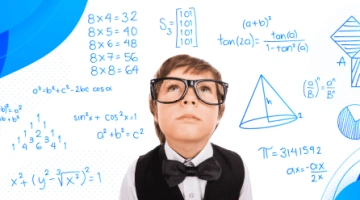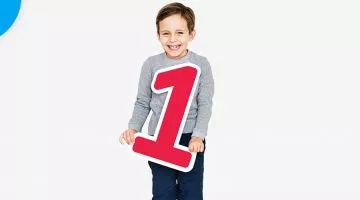Math for 5-Year-Olds: All You Need to Know
Updated on February 5, 2024
Do you need help explaining math for 5-year-olds? It can be tricky, believe us! But there are some tricks to make your child understand basic concepts.
It may sound strange, but math can be fun for kids and sometimes adults. This article will provide some math activities and tips to improve your 4-5 year old’s math skills till they are able to pass diagnostics tests easily. It will show you how to teach math to 5 year old students, whether in the classroom or at home.
Math for 5-Year-Olds
It is never too early to start learning math. For example, kindergarten numbers and counting worksheets are great resources for young children who have just begun their math education. Math worksheets and counting games are great ways to help kids learn while having fun.
Many parents are concerned about the necessity of teaching math to 5-year-olds, especially when concepts like pattern recognition and number sequencing are involved. If you are one of them, consider the following ideas and learn how best to approach them with your kids.
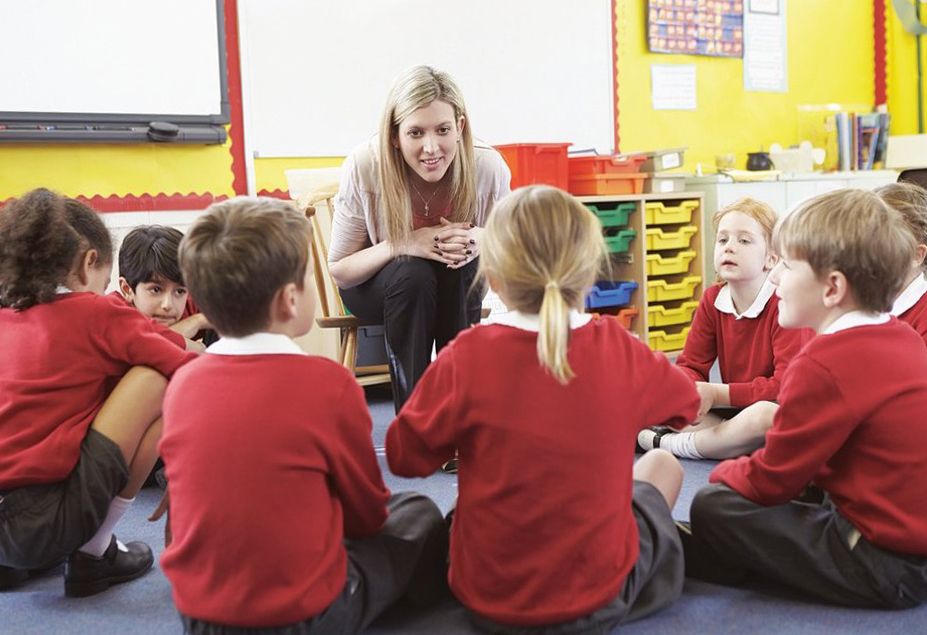
Numbers and Place Value
All the numbers we use in maths lessons for 5 year olds are part of our everyday lives. Your age, shoe size, and the number of people in your family have numerical value.
The word ‘number’ means an amount or a quantity and can refer to objects or people. It could be objects or people which are countable.
Numbers and place value are the building blocks of mathematics. Understanding numbers and place value can help children develop confidence in performing a range of math tasks. Math for 5-year-olds is all about using these skills coupled with problem-solving ability.
Some of the activities for this age group are counting objects up to 100 (1-20, 20-100), reading number names from 1 to 20, from 20 to 100 by 10s, and up to 1000. You can ask kids to compare numbers using mathematical symbols to improve their 5 year old math skills. Alternatively, have them rank the numbers in ascending order.
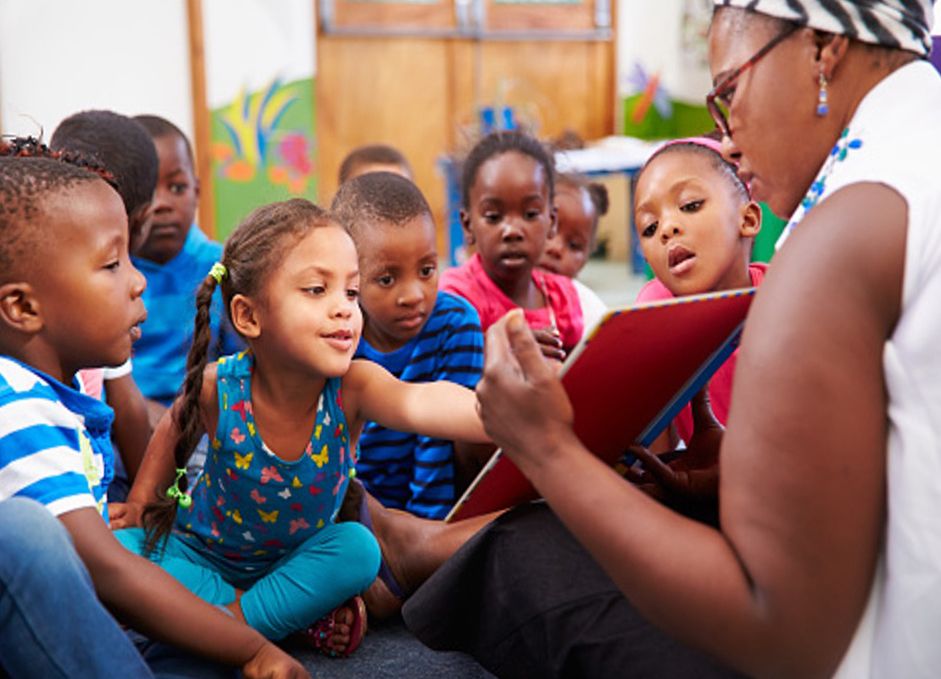
Addition and Subtraction
Make addition and subtraction in maths for 5 years old fun with toys, games, or any objects your child can easily manipulate. Many children learn better when they can see the things they count.
When your child masters counting, you can move on to addition practice. Help your kid add two numbers together by showing him how to write the numbers down on paper or in a workbook. It will be easier when you teach them the facts. When you add one or more numbers, you get a sum. When you subtract one or more numbers, you get a difference. That is the basis of simple maths for 5 year olds!
Here are some ideas for making maths for kids age 5 more exciting. The best part is that you can play them at home when teaching your child addition and subtraction:
- Play games like Tic-Tac-Toe and Bingo that involve counting.
- Use math toys for 5-year-olds like blocks, beads, and small cars for counting activities involving operations of adding and subtracting.
- Cook together by counting the ingredients for a recipe.
1:1 Math Lessons
Want to raise a genius? Start
learning Math with Brighterly
 Let's start learning Math!
Let's start learning Math!
Multiplication and Division
Mathematics, for 5 years old kids, is easier than most people think. The process should involve everyday activities with suitable items and games. Multiplying and dividing can be fun for a 5-year-old using the right materials.
The first thing to remember when learning multiplication and division for 5-year-olds is to make it fun.
Multiplication is a repeated addition, and you will find similar occurrences when teaching the average 5 year old math. If you have three groups of five apples each, you could count them one by one, saying “1, 2, 3, 4, 5” for each group. That is three lots of five apples. Or you could say “5, 10, 15.” Three groups of five are the same as 5+5+5. Multiplication is like adding several numbers together at once.
Division is the opposite of multiplication. The easy way to explain division to a child is by using realistic examples. When teaching maths to 5 year olds, say things like, “If you have fifteen apples and divide them into three equal groups, each group has five apples — because if you multiply three by five, you get fifteen. The division is like separating a stack of money or a big pile of something into smaller stacks or piles.” Breaking it down like this will make them understand you faster.
Multiplication and division are easy to teach at home in your spare time while doing everyday activities with your 5-year-old. The great thing about multiplication and division is that they can be taught using everyday objects around the house or at the grocery store.
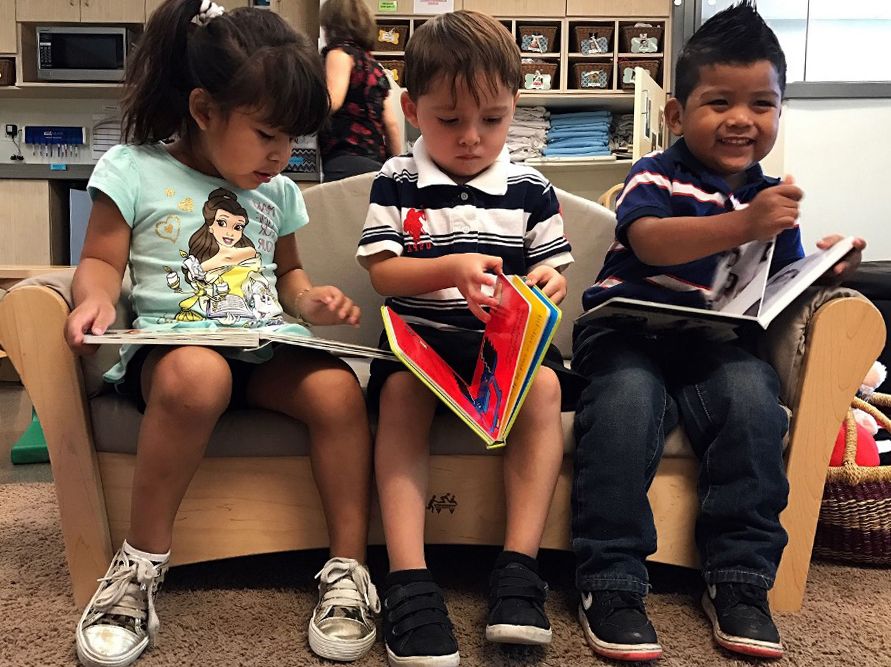
Fractions
Fractions are a more complicated topic for preschoolers than the same topic in maths for 5 year olds. For the latter, their brains have developed a bit more to grasp the concept of splitting a whole into equal parts.
The best examples of how to teach maths to 5 year old students usually surface in fraction classes.
Look at this example and imagine you were listening to it as a child: If you have 1 pizza and 1 friend eats half of it, you and your friend each ate one half; this is what we call “one half.” So, one-half is equal to one piece of the pizza. Similarly, if you have 2 friends, and each eats one-third of the pizza, you ate 1 out of 3 pieces.
It’s much simpler to grasp, isn’t it?
When teaching, remember to include the fact that we write fractions with a slash between the numerator and denominator (the top and bottom numbers). For example, 1/2 means “1 out of 2” or “one half.”
Math Activities
Learning math is a lot like learning anything else – it takes practice! Math workbooks are a great way to have lots of practice and drills on various problem types.
You can decide to offer numerous math activities for 5-year-olds that make the learning process exciting. Teach everything from counting practice to fractions and measurement so your child will be ready for whatever topic comes next.
When you teach your 5 year old maths, getting worksheets will make your job so much easier. These materials make basic math grammar and ideas visual. They are also expansive, covering everything from fractions to multiplication, decimals, and everything in between.
And since young minds are malleable and their capacity for growth unlimited, using these materials and activities when teaching will make a big difference in the quality of education your child gets. It indeed makes their experience seem like everything is easy maths for 5 year olds.
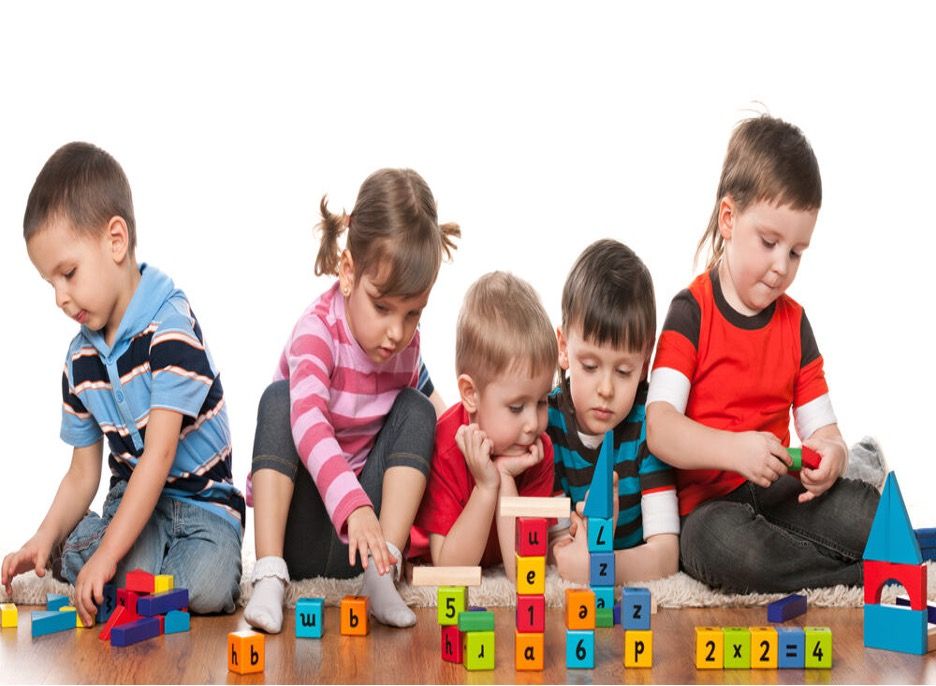
Conclusion
When it comes to improving your skills and strategy on how to teach maths to a 5 year old, expect to do a lot of explaining, especially regarding concepts and their interpretations in real events. Start by teaching them sequential numbering and place value, it will become the base of the rest of their education. Prioritise ease, activity, and smoothness in your math for 5 year old teaching strategies. For these young geniuses, enjoying the process is just as important as understanding it. Just imagine the amazing memories you’ll create by forging these lessons into a journey!



